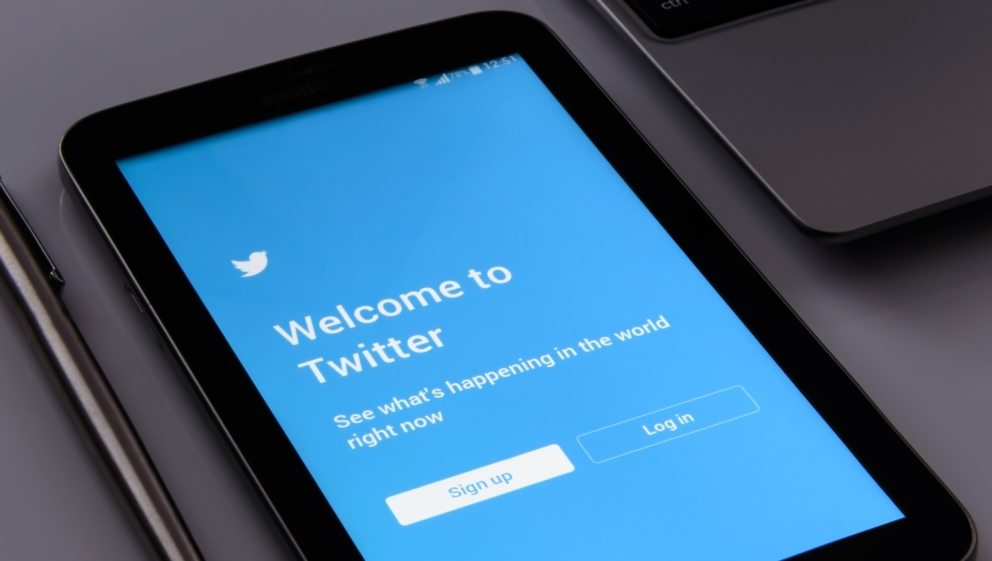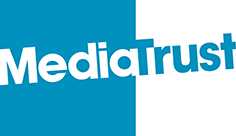Twitter: Mastering the basics

Twitter is a social networking service where users can send “updates” of up to 140 characters to followers. It is ideal for keeping in touch with networks of like-minded people, sharing information from events, canvassing a peer group about a topic or just having conversations.
Why Twitter is useful for organisations
One of the reasons why Twitter works so well is because it is such an open network. You should assume that everything you tweet is public, permanent and can be searched by anybody so always be polite, friendly and professional. Don’t say anything on Twitter that you wouldn’t say in public or wouldn’t want quoted by the press. Most people tend to recognise this openness and generally make Twitter a very friendly & welcoming place to be.
Twitter is instant. Unlike the newspaper where news is a day old or the TV where it can be hours out of date, people are talking right now on Twitter about news and events worldwide that are happening local to them. Some may be insignificant to the rest of us, but others could be the breaking news story that we all need to hear. However when the newspaper is printed tomorrow, Twitter… as life itself does, will have moved on to the next big thing.
Spend a little time setting up your profile as this is your ‘shop window’ in the Twitter world.
How to set up a Twitter account
Creating a Twitter account is easy, think of an memorable username for your organisation (you may need to try a few combinations as many of your choices may have been taken) and a password and enter your email address. You will be sent an email which you need to confirm, don’t worry you won’t get unsolicited emails from Twitter and you can turn off all email notifications (if you choose) in the Preferences screen.
You should spend a little time setting up your profile as this is your ‘shop window’ in the Twitter world. Many people only spend a few seconds browsing Twitter profiles, so it is important that yours makes an instant impact.
Remember the six 6 ‘P’s
- Picture – a clear image for your avatar of your logo or a good picture of your project.
- Profile – in 160 characters you need to describe your organisation in such a way that it is factual, interesting and maybe funny too. Try out various combinations until it feels right.
- Place – this should be enough for people to be able locate where you are based.
- Presence – the link to your main website. Twitter is just part of your overall web presence and your website should always be the main place for people find out what you do.
- Panorama – the background picture to your profile which often looks good as a panoramic view, maybe of your building or the surrounding environment.
- Page – you can upload an image file to replace the area behind where Tweets are shown, you may want to create a custom image file with your address or opening times here.
After setting up your Twitter account search for people and organisations that interest you. These could be people you know locally, members of your heritage group or national figures. Look for and follow local organisations and funders or similar heritage projects in other parts of the country. National organisations you could follow are @media_trust (note the underscore which you will see in some Twitter names), @heritagelottery and @heritage_ngos who are The Heritage Alliance.
How can people find me on Twitter?
Make sure that your Twitter page can be reached from your website, you can download a little ‘follow’ button to go on your website and attract new followers, or people interested in finding out more about you.
Also, if you are holding an event or running a specific campaign, people can find and track your activity using a hashtag. Make this clear before the event so that people can use it and follow what is happening. For example, if Media Trust were holding a cake sale we might use #MediaTrustCakeSale.
Lewis Wiltshire from Twitter UK tells us about how non-profits can master Twitter with their content.
Content for Twitter
You only have 140 characters to play with for each tweet, easy right? Think again, you need to be talking about everything you are doing on Twitter, yet still conveying the voice of your organisation, and doing so in a way that isn’t going to clog up your supporter’s feeds and force them to unfollow you.
The best way to create content is to add pictures and links, these won’t detract much of the character count, yet are a great way of giving your followers more information in short bursts.
You should always react to questions and mentions from your followers, even if it is just a like of their Tweet. The nicer you are to people on Twitter, they nicer they are to you in return.
Take the time to build a network of people who interest you, people you trust and where you have a shared interest.
Managing your twitter account
So by finding and following interesting people your timeline will be full of interesting content. Don’t feel as though you have to follow everyone who follows you because many of them will be spammers and don’t feel obliged to respond to every single @ message you receive. Don’t auto-follow people who follow you and don’t auto-tweet or use automated ‘thanks for following me’ messages.
Twitter is personal not automatic. It’s important that you take the time to build a network of people who interest you, people you trust and where you have a shared interest.
To manage your Twitter account effectively, create lists of interesting people to follow and install a desktop Twitter client like Tweetdeck or Hootsuite. These are also available on your smartphone so you can check in and tweet on the move.
Our Corporate Partners
We enjoy outstanding support from the media industry. Our partners include:








